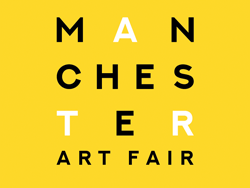
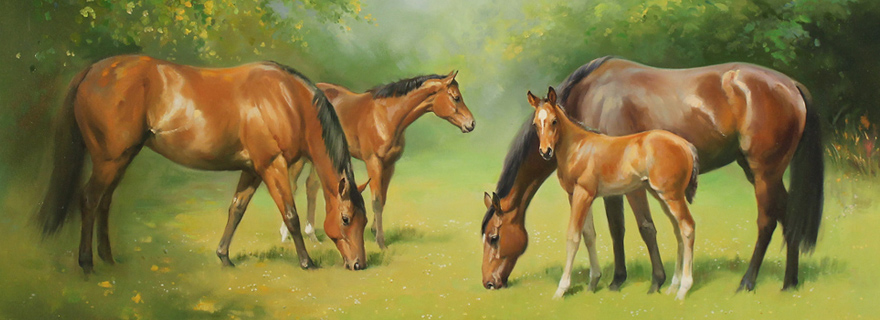
How to Buy Fine Art
by Deanna Dawkins / Saturday 2nd of April, 2016
I must admit, ‘How to Buy Art’ may sound like a patronising subject for an article; but for far more people than perhaps you would think, the world of fine art can sometimes appear intimidating or overwhelming, particularly if looking to buy. With so much choice between artists, mediums and styles, it can be difficult to know where to start, or even what to add to a collection. I have therefore put together a few suggestions that will hopefully give a bit of guidance on the process of buying art, or at the very least, provide a fresh perspective when making your next purchase.
Consider your motive
Regardless of whether you are a first time buyer or an established collector, it is important to consider why you want to buy a particular piece of art, or even artwork in general. Are you aiming to buy original artwork to suit your décor, a specific place or an existing collection? Buying for investment? You just simply like it? Taking a moment to focus on what you would like to achieve from a purchase can help guide your decision making process, ultimately bringing you more satisfaction from your artwork in the long run.
Ask questions and seek advice
I cannot stress enough how enriching and productive the process of buying art becomes when you ask questions or seek advice. Gallery staff are there to assist you and to give you the information you require to feel confident in your purchase, so it is in your interest to make the most of their knowledge and experience. Whether it be additional information about an artwork or the artist, advice about investment or interiors, or practical concerns such as sizing or frame changes, you need only ask.
The same applies when buying art online. If you want additional information or photographs to aid in making your decision, it is always worth contacting the gallery. If you want it to, buying art online can be every bit as interactive and personalised as buying art from the physical gallery itself.
Balance emotional and practical factors
Art is inherently emotional, so it goes without saying that when buying art, emotional factors will naturally be a part of the process. People connect with artwork for any number of reasons, ranging from the mood a piece creates to the nostalgia it brings. It is crucial to remember that how a piece makes you feel is incredibly important, as most likely, it is going to influence your environment for some time.
Saying this, other practical factors such as budget, your own personal décor or whether you’re buying for investment can all be equally important and should be factored into your final decision. If an emerging artist is gaining popularity and his or her work might go up in value, it is worth taking this into account. Similarly, if a painting is going to dramatically clash with your décor, that is also worth considering as well. The goal is to find a happy balance that ensures you enjoy the full potential of your artwork on a long term scale.
Stick to your budget
When looking to buy art, sometimes your taste and wallet simply will not align. But rather than grossly overspending or immediately writing off the purchase altogether, consider other options that might be available to you. Many galleries will allow artwork to be paid for in instalments, allowing you to spread the cost in a more budget-friendly way. If original artwork is still out of your price range, signed limited edition prints or limited edition bronze sculptures are great alternatives to consider, as they too offer great satisfaction at a fraction of the cost of original artwork.
Trust your instincts
You don’t have to have a degree in art history or fine art to buy with confidence. By and large, one of the most frequent comments I hear from clients is “I don’t know anything about art.” Quite frankly, the beauty of art is that you don’t have to. While knowledge of fine art can give you a background context or perhaps the technical terminology to explain your preferences, ultimately your own personal taste is the most important factor to consider when buying art. If you connect with a piece, and you like the way it looks and the way it makes you feel, don’t second guess yourself. Be confident in your taste and trust your instincts.
Further News and Articles


Annie Luke Turner Wins Women in Art Prize
Contemproary artist Annie Luke Turner wins in the Abstract Art category.
Sean Durkin: Art For All! 2025
Proudly announcing our fourth annual solo show by British contemporary artist Sean Durkin.
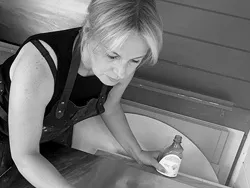
Meet the Artist Event: Clare Haley
An exciting opportunity to meet Yorkshire artist Clare Haley.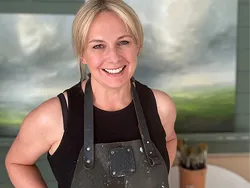
York Fine Arts Celebrates 10 Years of Yorkshire Artist Clare Haley
York Fine Arts unveils its 10th anniversary exhibititon of work by contemporary landscape artist Clare Haley.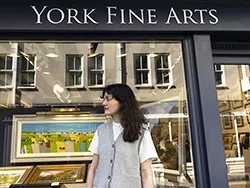
Touring Dracula Exhibition to be Laid to Rest at York Fine Arts
Delve into an immersive exhibition, featuring ten original pencil illustrations by York artist and our own Senior Gallery Assistant, Kirsty Maclennan.
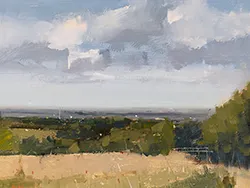
Five Fine Art Favourites: Spring 2025
As we burst forth into the spring ahead, we select five pieces from our collection that are currently brightening our days.